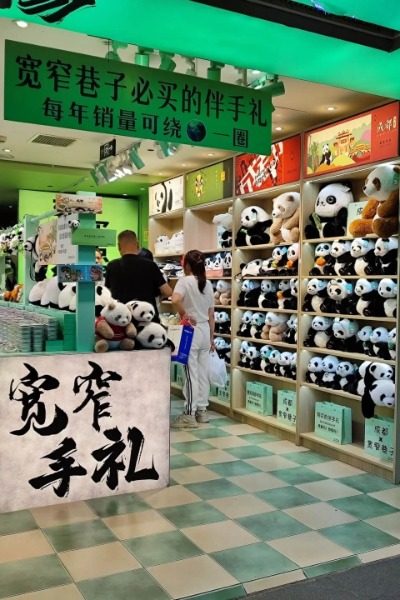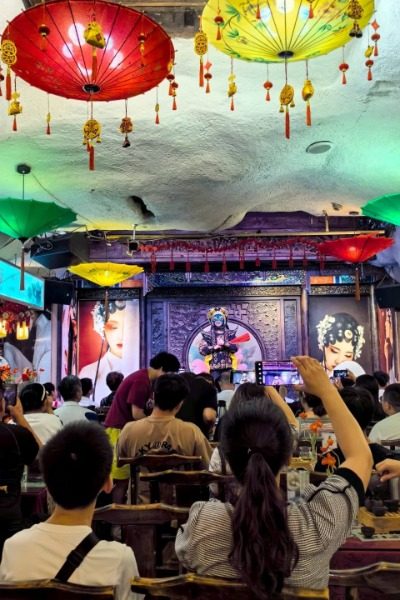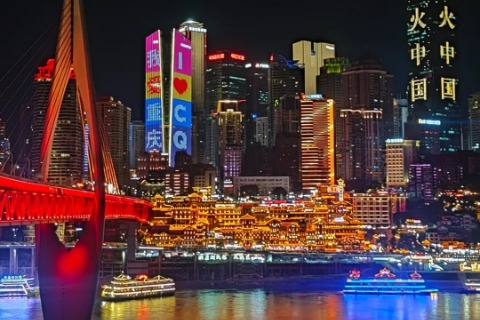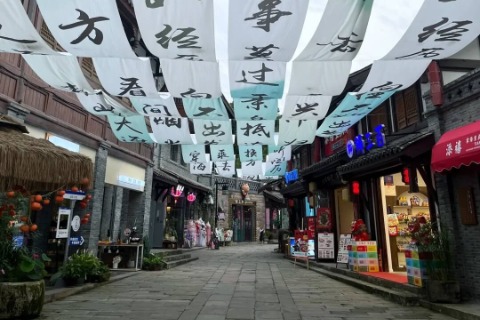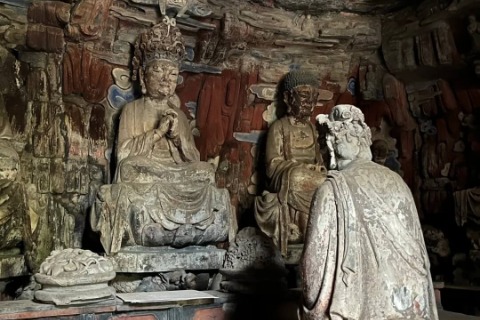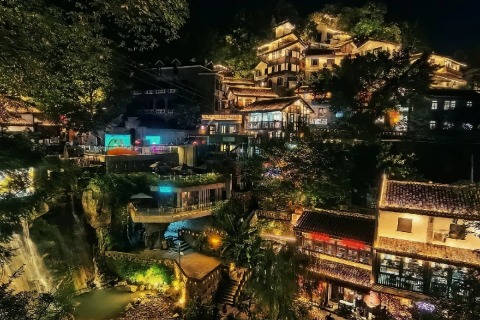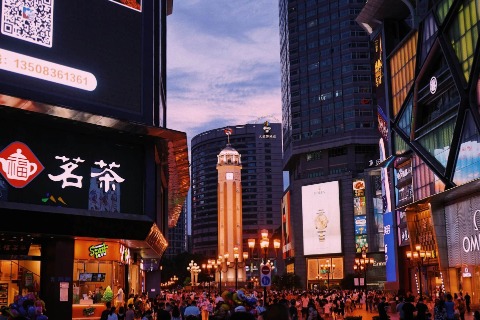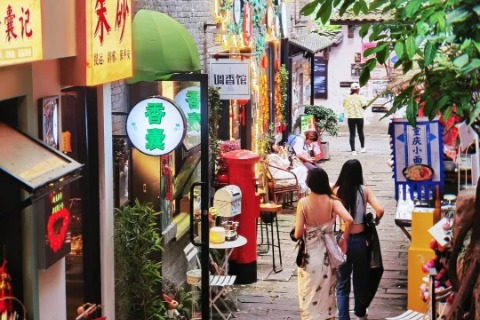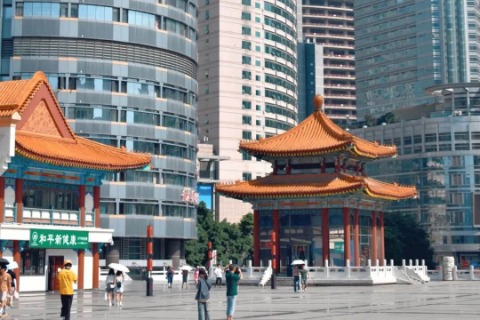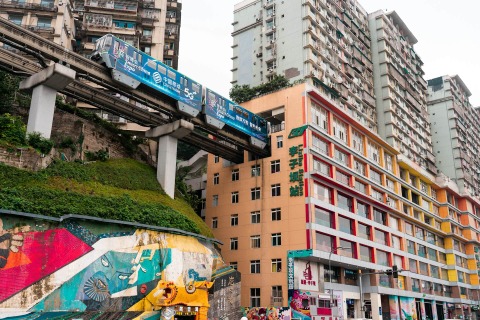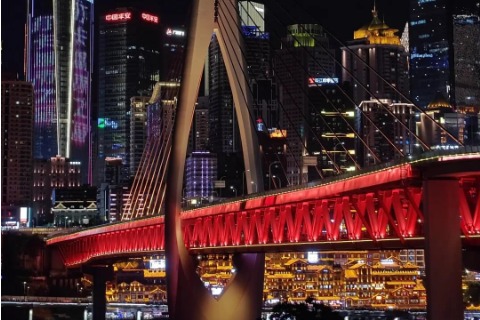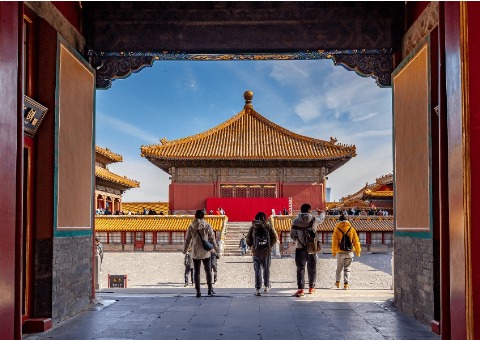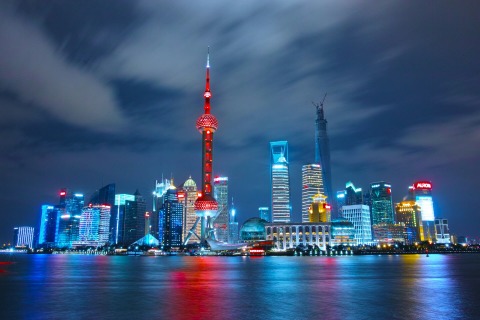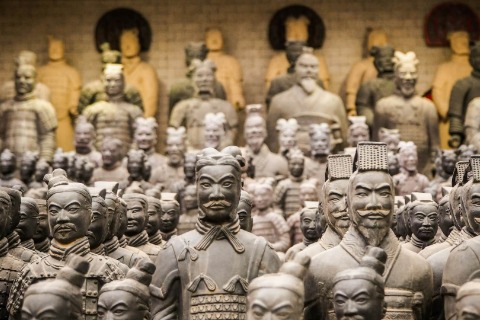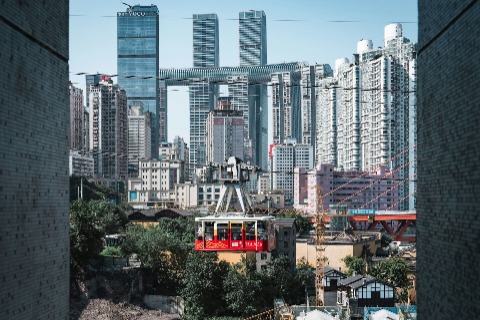Kuan Zhai Alley
The only preserved ancient street from the Qing Dynasty in downtown Chengdu.
Kuan Zhai Alley (宽窄巷子) is the only preserved ancient street from the Qing Dynasty in downtown Chengdu, with a history of over 300 years. It consists of three parallel streets: Kuan Alley, Zhai Alley, and Jing Alley. Kuan Alley is about 7 meters wide, while Zhai Alley is around 5 meters wide. The architectural style blends traditional Sichuan residences with modern design, featuring gray bricks, black tiles, and wooden doors and windows that exude an old-world charm.
Kuan Zhai Alley (宽窄 巷子) is not just a tourist attraction; it’s also a cultural hub. It often hosts art exhibitions, literary talks, and showcases of intangible cultural heritage. This area is lively and filled with local flavor, where visitors can enjoy authentic Chengdu dishes like skewers, long dumplings, and spicy beef slices. Additionally, the teahouses in the alley are perfect for experiencing the leisurely pace of life in Cheng Du. Here, visitors can sip tea, chat, and play cards, embracing the relaxed lifestyle of old Chengdu.
The “Kuan” in Kuan Alley means “wide” in Chinese, while the “Zhai” in Zhai Alley means “narrow.” The “Jing” in Jing Alley refers to “well.” Therefore, Kuan Zhai Alley translates to “the two alleys of wide and narrow.”
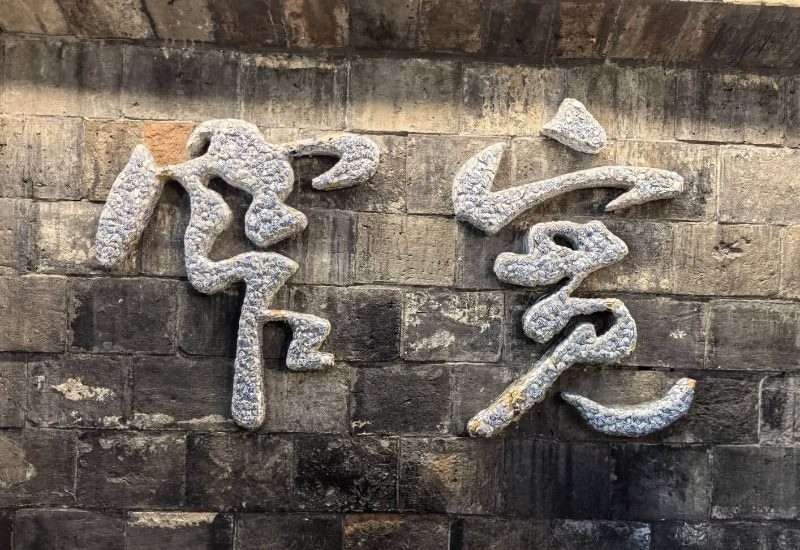
Table of Contents
Highlights of the Kuan Zhai Alley
Kuan Alley (Chinese name: 宽巷子)
Kuan Alley is the widest of the three, featuring traditional courtyard houses and old-style residences from the Ming and Qing Dynasties. It boasts exquisite carvings, red walls, dark tiles, and stone paths, along with many charming shops. This area has the largest and most complete collection of ancient buildings in the entire district.
In addition, you’ll find artists dressed in bronze-colored clothing, with blackened faces and sunglasses, as well as craftsmen making sugar figures along the street. The cultural spots in the alley, including bookstores, galleries, and centers for intangible cultural heritage, often host art exhibitions, literary talks, and showcases of traditional crafts.
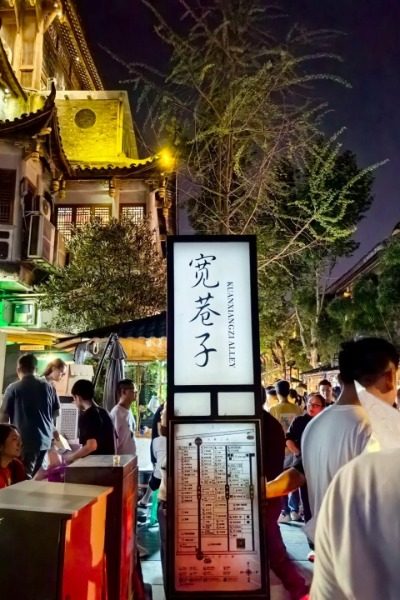
Zhai Alley (窄巷子)
Zhai Alley is the most distinctive part of Kuanzhai Alley. The pathway here is narrower than that of Kuan Alley, and the buildings are more closely packed together. Zhai Alley features many performances of Sichuan opera, where people gather to sip tea from covered bowls and enjoy the professional acts on stage, soaking in the charm of old Chengdu. You can even dress up in opera costumes and learn how to perform.
Zhai Alley is a refined area focused on Western dining, casual eateries, coffee, art, leisure, wellness shops, and unique cultural theme stores. Visitors and young creatives spend their afternoons leisurely exploring the alley.
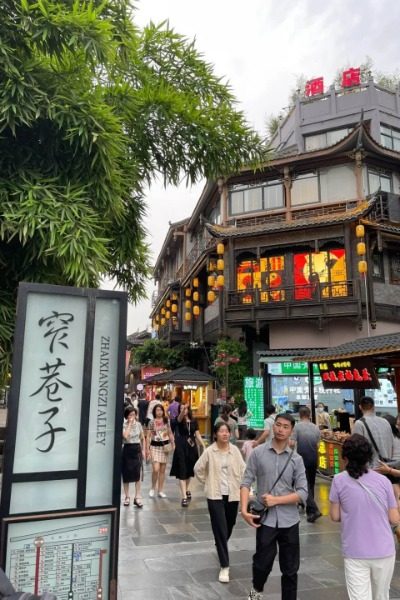
Jing Alley (井巷子)
Jing Alley is a small lane that connects Kuan Alley and Zhai Alley, serving as a transition area between the two. It is a typical representation of Chengdu’s local culture, with very few tourists, making it feel more culturally rich than its neighbors.
The architectural style of Jing Alley is simple and elegant, showcasing the essence of Sichuan’s charm. It retains many features of traditional Sichuan residences, such as brick-and-wood structures, gable walls, black tiles, white walls, and wooden lattice windows. Additionally, Jing Alley offers a unique ear-cleaning service, a folk craft specific to old Cheng Du, allowing visitors to experience authentic local life.
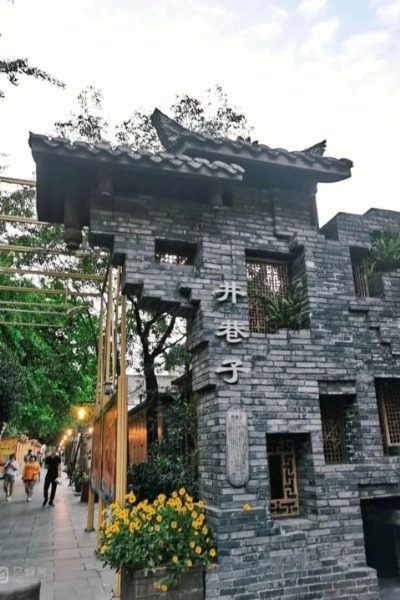
Q&A About the Kuan Zhai Alley
1. What is the historical background of Kuan Zhai Alley?
Kuan Zhai Alley (寬窄 巷子) was established during the reign of Emperor Kangxi in the Qing Dynasty. In the 57th year of Kangxi (1718), the Qing court sent troops to Chengdu to quell the rebellion of the Zunghars and constructed a fortified city there. At that time, Kuan Alley and Zhai Alley was known as “Xingren Hutong” and “Taiping Hutong,” and it wasn’t renamed Kuanzhai Alley until the early Republican period.
Kuan Zhai Alley is not only one of the best-preserved ancient streets from the Qing Dynasty in Chengdu, but it also blends the characteristics of southern Sichuan residences with the cultures of northern Manchu and Mongolian influences. It represents the last remnants of the old Chengdu urban layout of the “Thousand-Year-Old City” and the century-old authentic architectural style.
2. Does Kuan Zhai Alley have face-changing performances?
Yes, there are several shops that offer Sichuan opera face-changing performances. These shows are usually quite varied and include programs like water sleeve dances and tea art, but face-changing is the most popular highlight. The performances are interactive and create a lively atmosphere.
3. What attractions are near Kuan Zhai Alley?
Nearby, you can visit People’s Park, a great place to deeply experience the leisurely lifestyle of Chengdu’s locals, where you can sip tea while enjoying Chengdu opera. Another nearby attraction is the Chengdu Museum, which is the largest comprehensive urban museum in Southwest China.
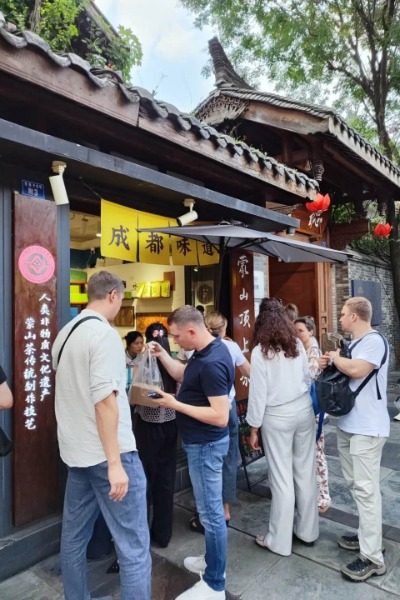
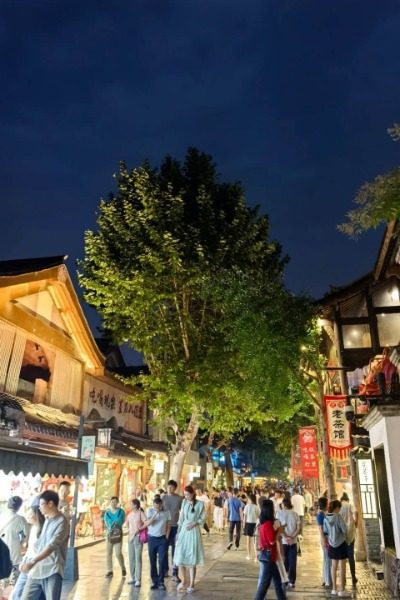
Hours and Fees
Hours
- Open all day.
Admission
- No admission fee required.
How to Get to the Kuan Zhai Alley
By Bus
- The bus routes to Kuanzhai Alley include: Circular Route 126, Circular Route 127, Route 163, Route 340, Route 62, Route 70, and Route 93.
By Subway
- You can reach Kuanzhai Alley via Chengdu Metro Line 4.
